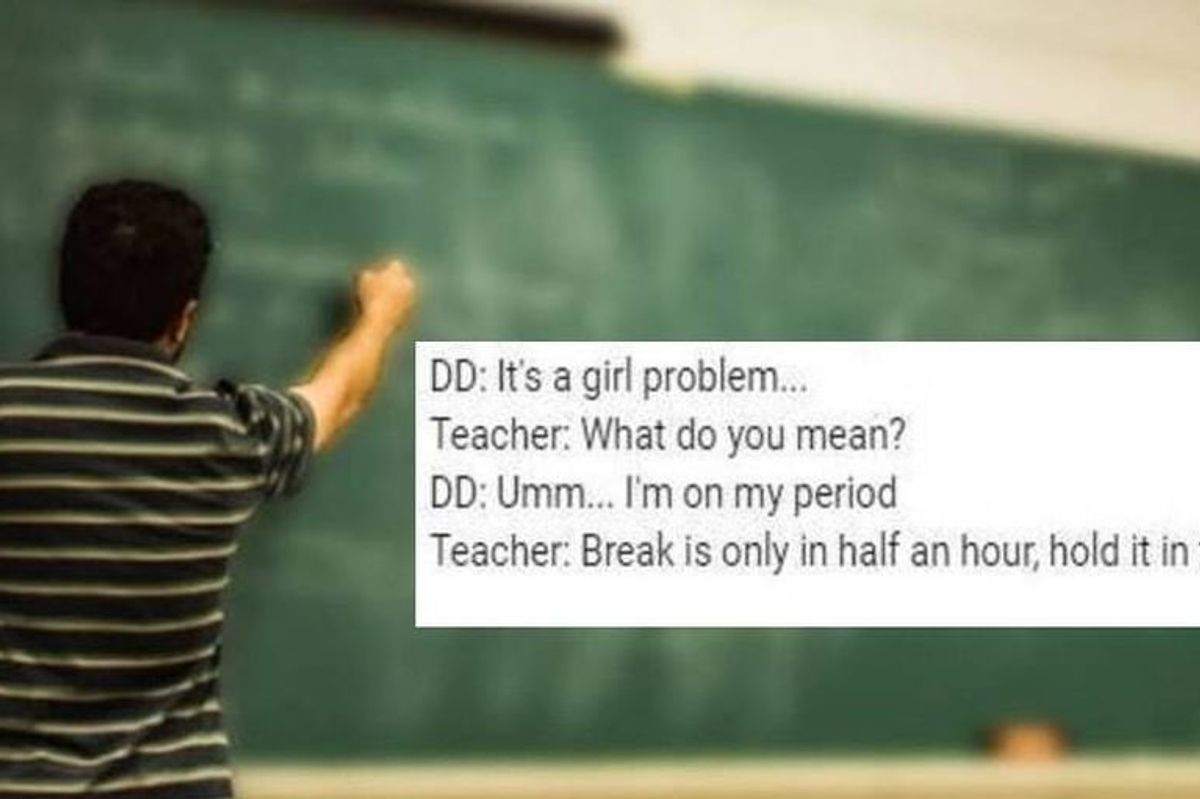The dull side of these 17 'dream jobs' will erase any doubts about your own work life
Every job has its disappointments. Maybe that's not such a bad thing.

Maybe there is no such thing as a dream job.
Listen, no job is perfect. Even with what most consider to be a dream gig, there’s bound to be some gap between expectations and reality—be it tedious, but necessary admin work, investments costs, day-to-day stresses, being away from family for extended periods of time…the list goes on.
And that was the topic of conversation led by a recent AskReddit thread, when someone asked:
“What type of job seems appealing but ends up being quite disappointing?”
Out of the 4,700 responses the question garnered, we’ve chosen 17 of the most interesting ones.
While it might at first seem like a bit of a downer to pull back the curtain on some of these vocations, it can also instill a little more appreciation for the folks that manage to actually do them day in and day out.
Without further ado…
1. Librarian
"I tell people it's my job and they say, 'That must be chill," or, 'I'd love to read all day.' It's basically just another customer service job where I'm either checking books in/out or showing people how to do basic computer things, but we also attract a lot of folks with mental health problems or substance abuse issues, and that can lead to some tense situations."
"I'm a fellow librarian here, and people are surprised when I tell them this. People idealize libraries as a kind of academic third space, but I always explain it by saying, 'It’s more a community center with a bunch of books than a place to read and do research.'
Like all jobs, it comes down to measuring stats to determine value, even though it's a service. How many computer users did we have? How many people attended our programs? Not so much discussing literature genres and theory. Also, here’s some Narcan, and watch this video on dementia and active shooter situations.
And let’s not get started on the book ban.”
—u/PonyEnglish
2. Florist
"Working at a flower shop is just like any other retail position, but everyone assumes it’s more enjoyable than it really is. Assisting families in selecting flowers for funerals is definitely not the fun part either."
"'I don't care that you're saying you want azaleas, the email specifically said rhododendrons. Yes, I get it's your special day, Janice, but I can't source 34 brand-new centerpieces in the next two hours. Yeah, well, next time communicate with your bridesmaids better. Yes, I was insinuating there will be a next time, because you seem lovely.'"
3. Forensic Scientist
"A friend of mine is a forensic scientist, and whenever he's on dating apps, it's the only thing people want to talk about. His work is actually pretty technical and involves a lot of routine tasks."
"Former forensic scientist here, it sounds glamorous but often you specialize in one thing like drug analysis or fingerprint analysis and it becomes very repetitive. I was fortunate to be a generalist and did a variety of things."
—u/ironmanchris
4. Personal Trainer
- Weird jobs most people don't even know exist that can actually make good money ›
- Young kids meet women in traditionally 'male' jobs and their reaction speaks volumes ›
- Jimmy Fallon asked people to share funny, weird or embarrassing stories from their bad summer jobs ›
- 24 brilliantly attainable ideas for side jobs that can make you an extra $2,000 a month - Upworthy ›
- 24 brilliantly attainable ideas for side jobs that can make you extra money - Upworthy ›






 TikTok · Ale
TikTok · Ale
 Autumn created this piece when she was just 5 years old.Autumn de Forest
Autumn created this piece when she was just 5 years old.Autumn de Forest  Autumn de Forest paints Autumn de Forest
Autumn de Forest paints Autumn de Forest  An Autumn de Forest paintingAutumn de Forest
An Autumn de Forest paintingAutumn de Forest 
 Autumn de Forest stands with the Pope who looks at one of her paintings Autumn de Forest
Autumn de Forest stands with the Pope who looks at one of her paintings Autumn de Forest 
 The Memorial to the Murdered Jews of EuropeBy Alexander Blum - Own work, CC BY-SA 4.0
The Memorial to the Murdered Jews of EuropeBy Alexander Blum - Own work, CC BY-SA 4.0 Move over, Mario Brothers.
Move over, Mario Brothers. 


 "Hold it" is not an appropriate response to a teen getting her period.
"Hold it" is not an appropriate response to a teen getting her period. We Tried To Not Leak On Our Period For A Week GIF by BuzzFeed
We Tried To Not Leak On Our Period For A Week GIF by BuzzFeed  . If a male teacher said this I would be absolutely mortified, you should definitely complain!"
. If a male teacher said this I would be absolutely mortified, you should definitely complain!" Cramps and other discomfort are already hard enough to deal with when you have your period.
Cramps and other discomfort are already hard enough to deal with when you have your period. Hopefully it wasn't a biology teacher.
Hopefully it wasn't a biology teacher.